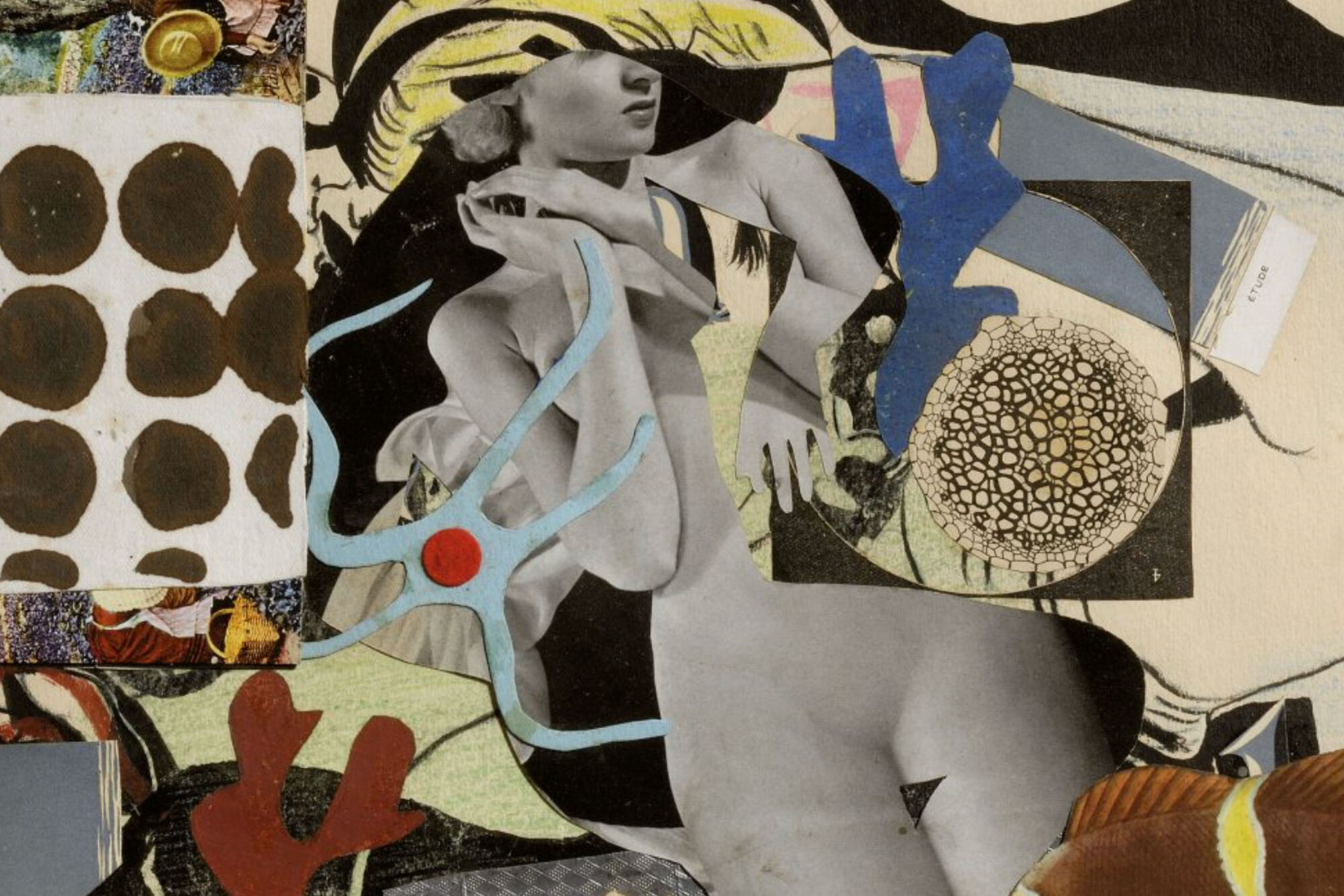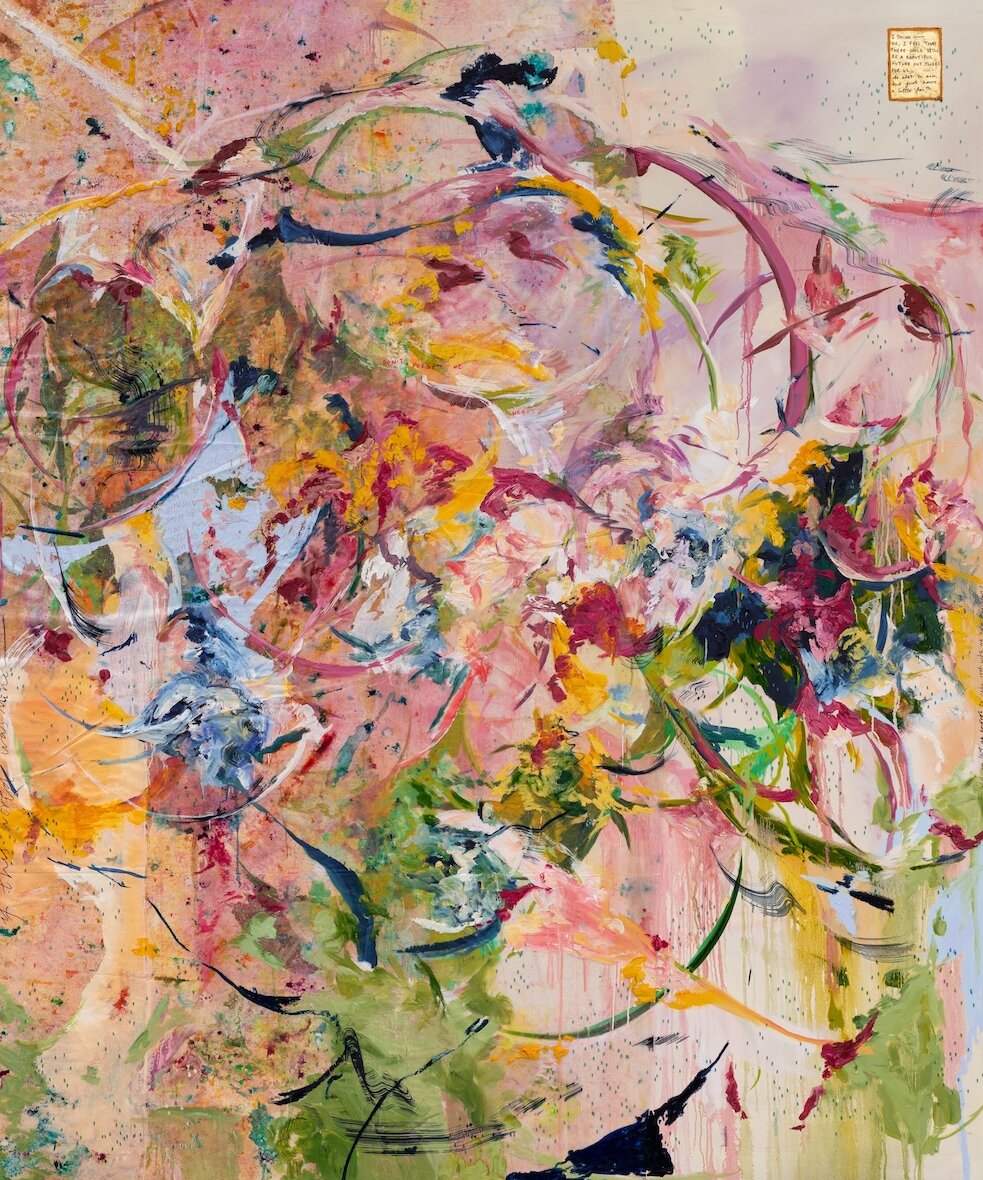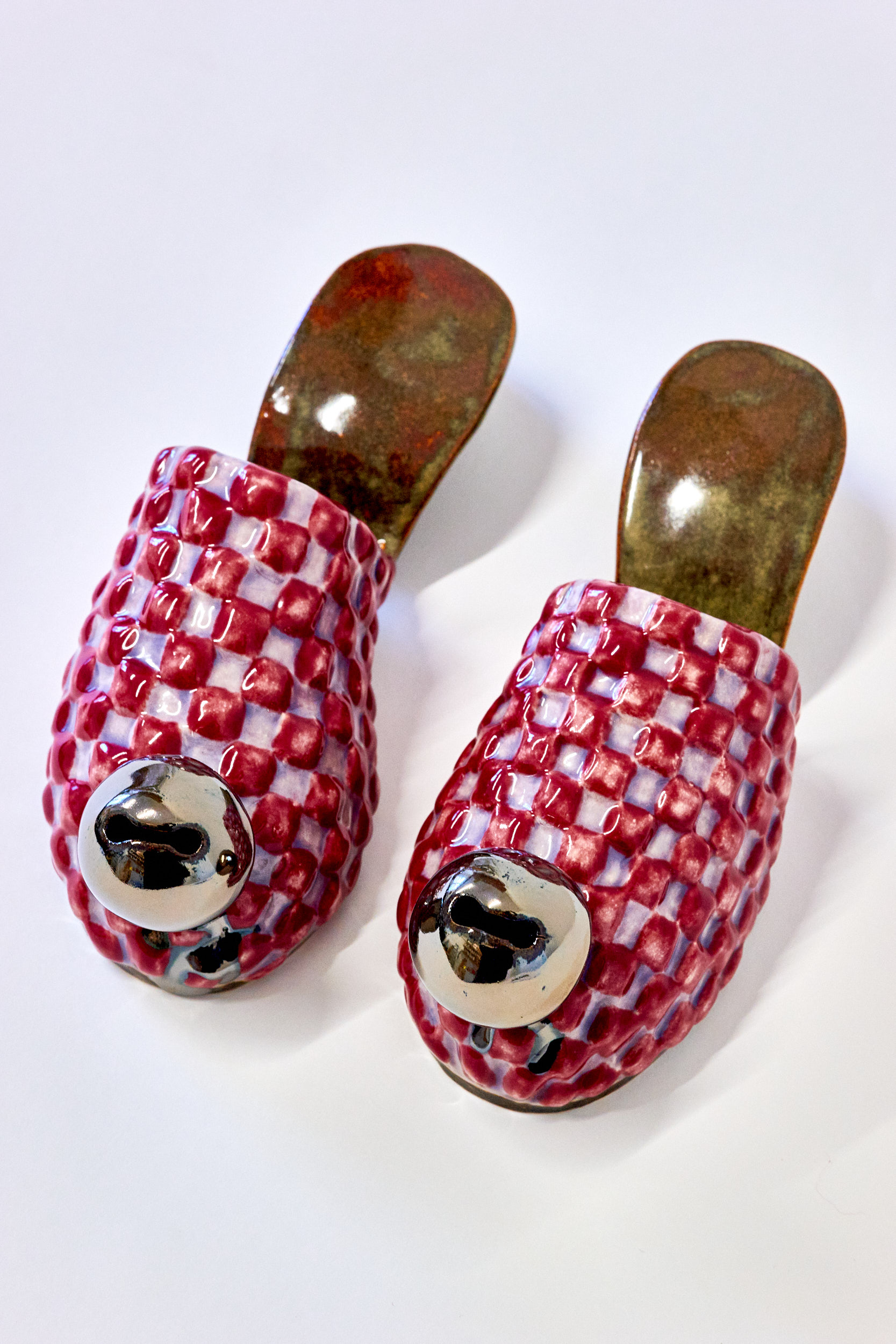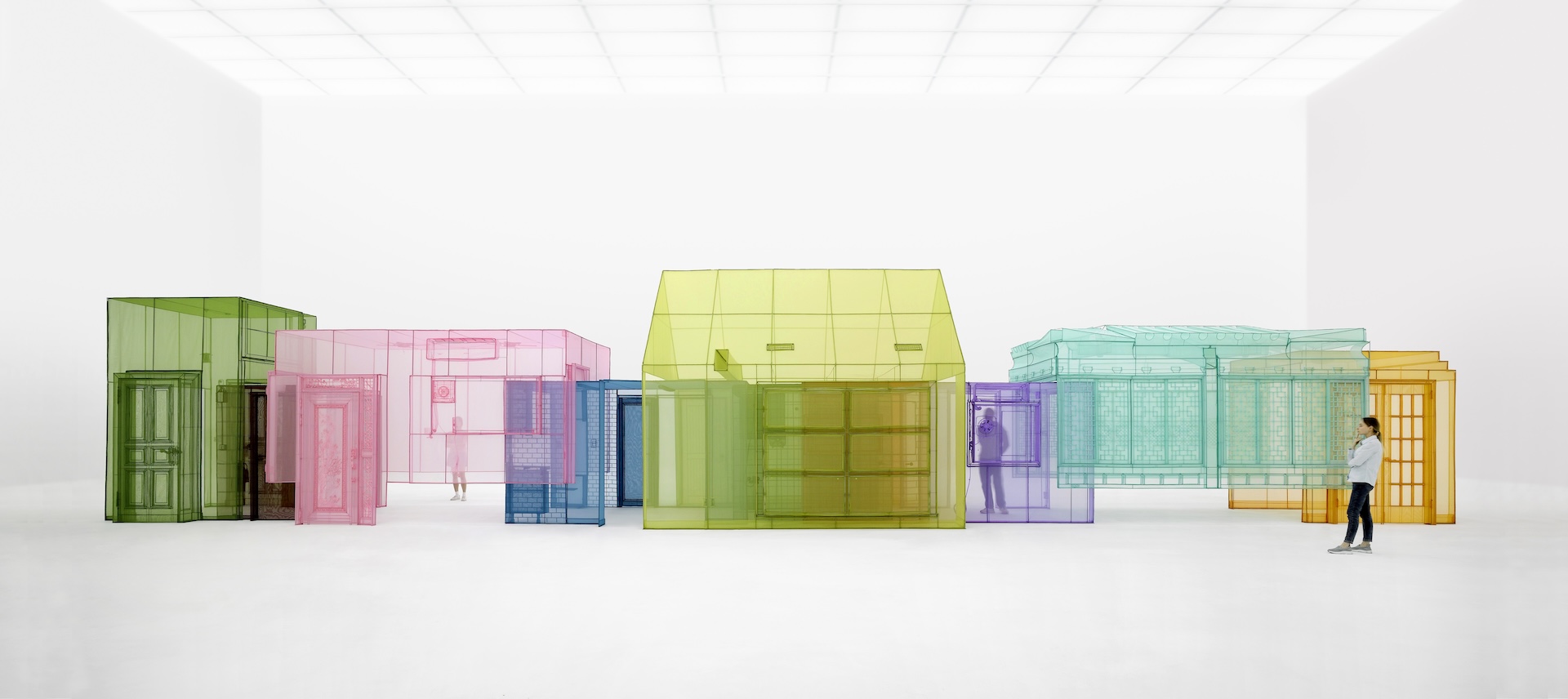Eileen Agar’s best known as a surrealist, but she also explored Cubism and Abstraction, finding inspiration in everything from ancient mythologies and sexual pleasure to the natural world — particularly the ocean.
Born in 1899 in Buenos Aires, she was sent to boarding school in England, which remained her principal residence for the rest of her life. She later embraced the anarchic tendencies of Surrealism, befriending André Breton, Man Ray and Picasso, among others. The artist Paul Nash would become her sometime lover.
Over the course of her near 70-year career, Agar experimented with drawing, sculpture, collage and painting, enjoying fluctuating critical, professional and financial success. Eileen Agar: Angel of Anarchy, the largest exhibition of the artist’s work to date, brings together over 100 paintings, collages, photographs, assemblages and archive material, much of which has been rarely exhibited, to celebrate Agar’s unique and spirited style. This resurgence of interest in Agar’s life and art is long overdue.










